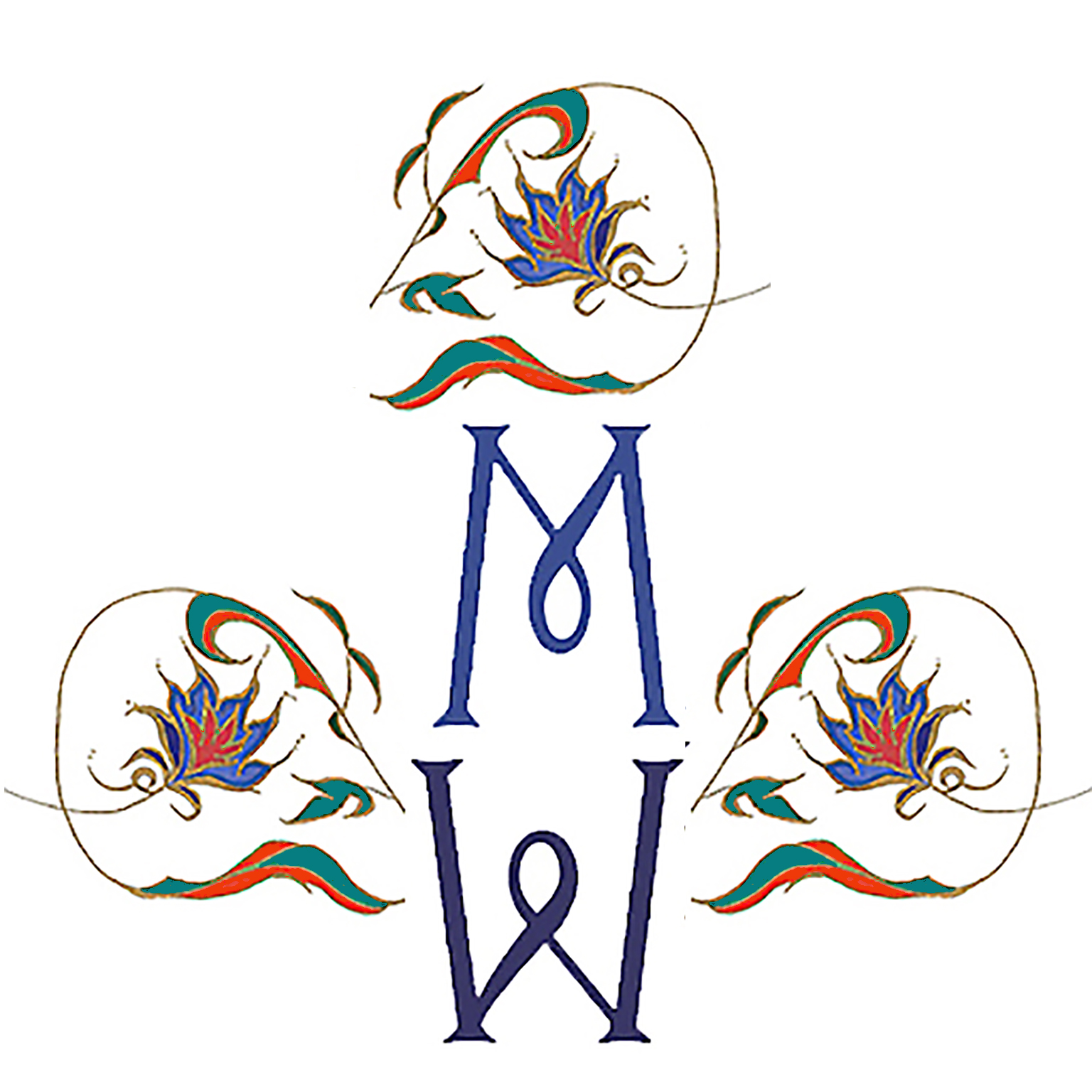The Clothworkers Centre in London have several Ottoman kaftans in its archive and I have visited the centre to examine some of their examples. I was interested to see how the kaftans were cut and details of the stitching.
The archive kaftan pieces are typical of work made in the Ottoman court workshops during the 16th and 17th centuries.
Fabric weave were a Lampas (4:1 satin and 1/3 twill). Fabrics were sumptuously made with silk warps and wefts and included metallic yarn as a brocaded weft. They were woven on looms producing a width of between 66cm and 68.5cm and, because of this width restriction, only the smallest of kaftans could be cut completely within the width – larger body sizes required fabric inserts.
Star design child’s kaftan


The main colours were white/cream and red with some blues and yellow. Green was seldom used as there were no natural green dyes and the colour had to be made by over dying yellow with blue. The metallic yarns were made by loosely wrapping yellow and white yarns with silver strips – the white yarn enhancing the silver and the yellow coming through the silver creating a gold colour.
This “star” design kaftan illustrates how a small kaftan could be cut from one width of fabric with a separate gore added on the right side to complete the shape. Pattern pieces were cut to fit the fabric with as little wastage as possible.
Linings and stitching
This image shows the back/lining details of the Star kaftan. Bias cut facings (12cm wide) of red/orange silk are stitched around the openings – sleeves, neck, front, and hems. Facings are found in blue, red, orange and rose colours and sometimes match the main colour of the kaftan. The facings are attached to the kaftan by single seam.


Stitch detail
Simple hem stitch and running stitch to attach the garment pieces at the seams


Floral design kaftan


The lining, if any, was inserted under the facing and the free edge of the facing was turned under once and stitched into place with whip stitch.

This kaftan had a long narrow pocket on the right hand side, between 6-9.5cm wide and 25-32cm long, and were attached to an opening on the side seam. Pockets were made from the same loosely woven fabric as the linings.



